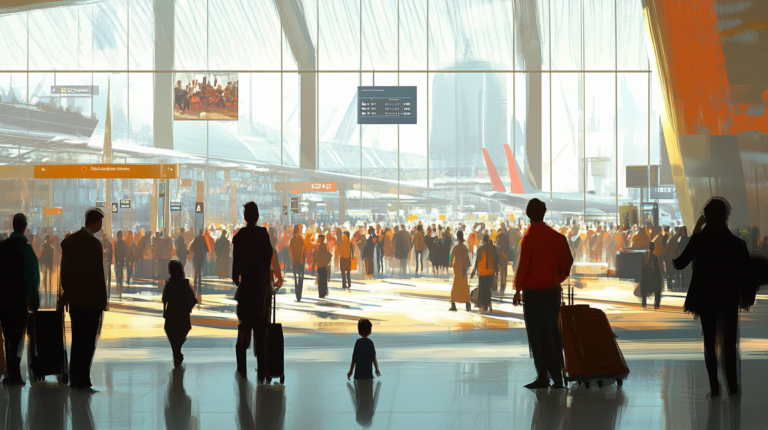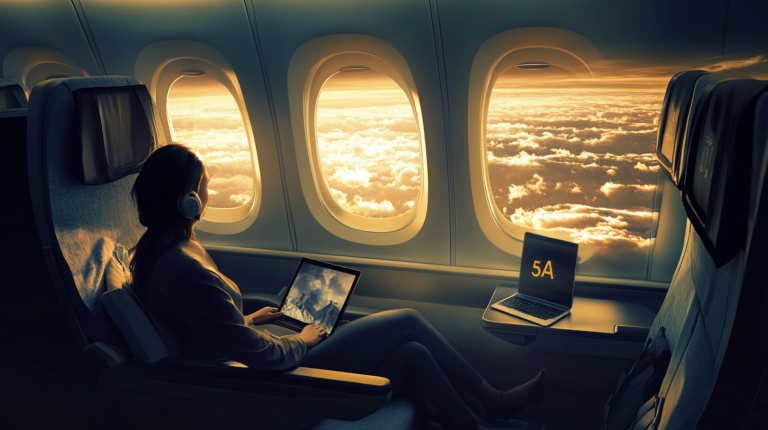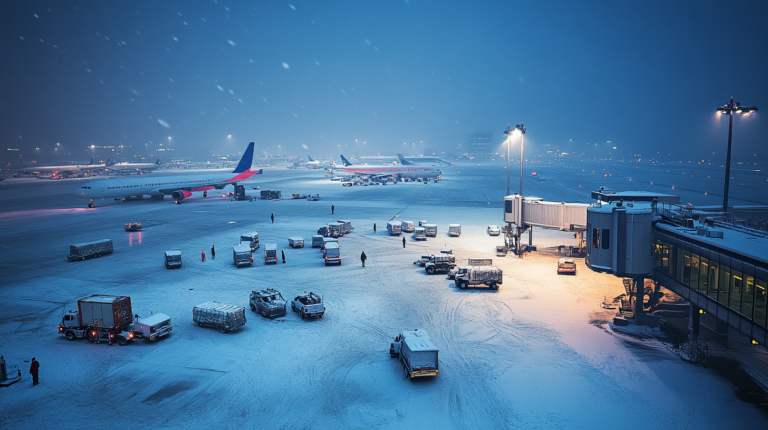How to Time Your Next Business Trip

Over the years, I’ve realized that the perfect business trip is never just about booking flights and hotels. It’s about striking the right balance between purpose, planning, and personal well-being. In my travels, I’ve encountered some trips that wrapped up in a flash, while others required weeks—sometimes months—to truly accomplish the mission. With 2025 ushering in new innovations and global shifts in work culture, the need to optimize trip length has never been more pressing.
1. Defining Your Trip Length
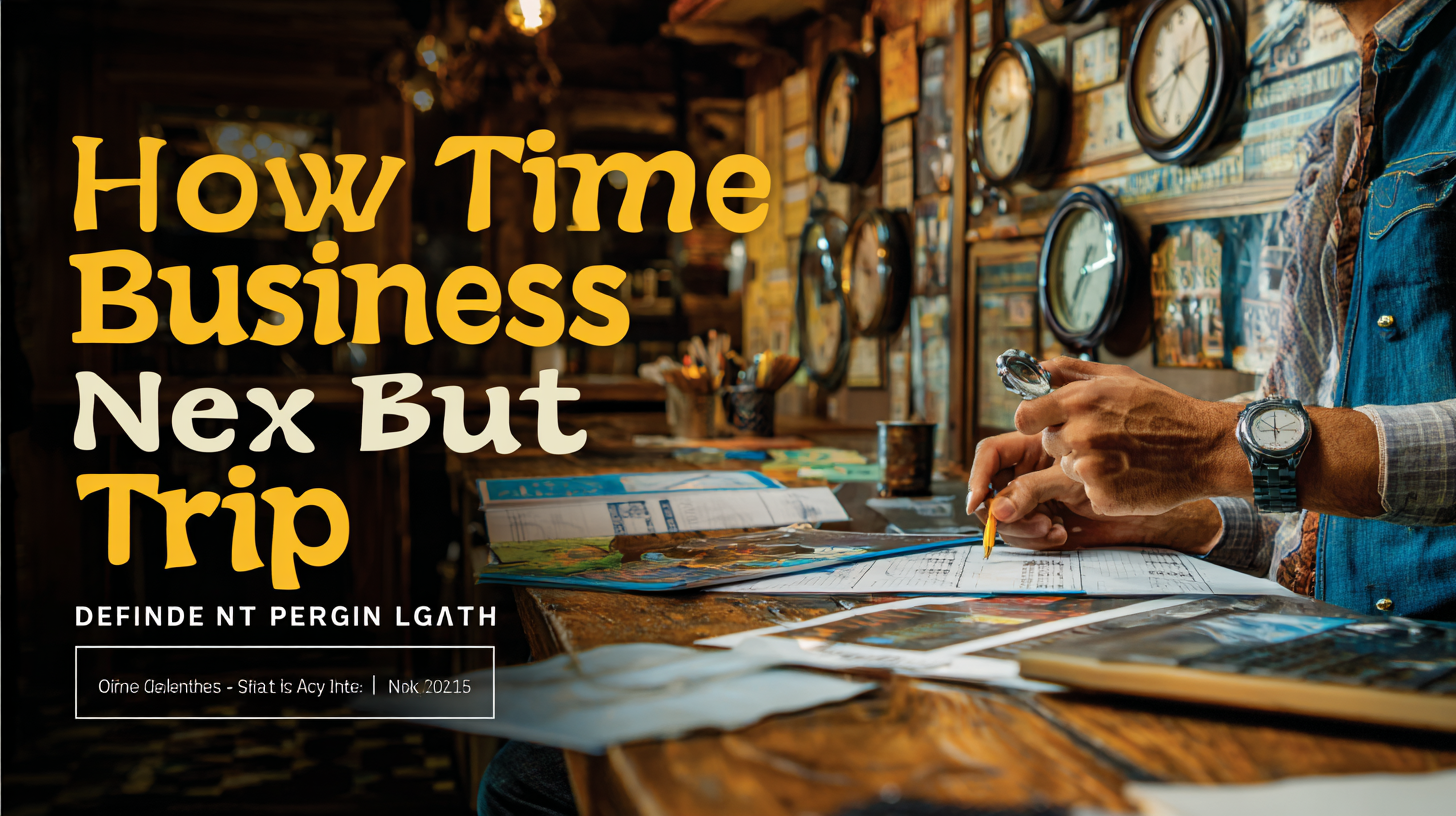
Most organizations sponsor official business trips but not personal travel. Short trips might suffice for a single meeting, while longer itineraries help develop trust, gather key information, or cover multiple destinations. Employers often aim to prevent burnout by balancing work demands with personal downtime, and I’ve found that extra day or two can make a huge difference in productivity.
In my own experience, a one-day trip to pitch a project in Singapore barely gave me time to adjust to the time zone, let alone explore potential networking opportunities. Conversely, when I traveled for two weeks to develop a prototype with an R&D team overseas, I’d built strong rapport by day five, and the deeper collaboration produced a far superior result. According to an industry analysis conducted in late 2024, around 60% of companies are now encouraging extended itineraries if they significantly enhance project outcomes.
To figure out the ideal trip length, I recommend talking with supervisors about goals, budgets, and realistic timelines. Defining clear objectives before departure ensures that each day abroad is purposeful rather than packed with avoidable downtime or rushed tasks.
2. Recognizing Personal Considerations

Extended business travel can disrupt family routines, particularly if you’re missing celebrations or anniversaries back home. I recall a trip where I missed a close family member’s birthday by just one day, and the guilt weighed heavily even though it was an essential work commitment. Personal milestones add an emotional dimension to travel that shouldn’t be overlooked.
Not everyone responds to extended travel the same way. Some of my friends thrive on the solitude, finding hotel rooms to be peaceful retreats for deep work. Others struggle with loneliness or the simple absence of home-cooked meals. According to a 2023 wellness survey, 35% of frequent business travelers reported higher stress levels when trips lasted longer than ten days. So, proactively planning family check-ins or personal downtime can be crucial for mental health and maintaining relationships.
If possible, I suggest negotiating partial remote options during extended trips. A few hours of uninterrupted focus from a hotel desk can help tackle critical deadlines, while leaving evenings and weekends open for personal connections via video calls.
3. Staying Tax-Savvy

According to an IRS Enrolled Agent I consulted during a hectic tax season, business trips must primarily serve work to qualify for deductions. Typically, the cost of transportation, lodging, and Wi‑Fi ends up being deductible, while meals can be partially or fully deductible depending on the context. I’ve found it helpful to keep itemized receipts digitally, using apps that categorize and track each expense in real time.
One recent development I’ve noticed is the uptick in mixed-purpose travel—where professionals tack on a vacation before or after official duties. Personal add-ons like extra airline tickets for family members or extended nights in luxurious resorts aren’t deductible, so clarity is key. If you travel frequently, consider connecting with a financial advisor to understand how local, state, and federal regulations might affect you from year to year.
In 2024, the U.S. Travel Association noted that over 40% of domestic business travelers regularly combine work and leisure, making it more important than ever to stay transparent and thorough with expense claims. Doing so protects you from future audits and also fosters trust with employers.
4. Travel-Ready Packing Tips
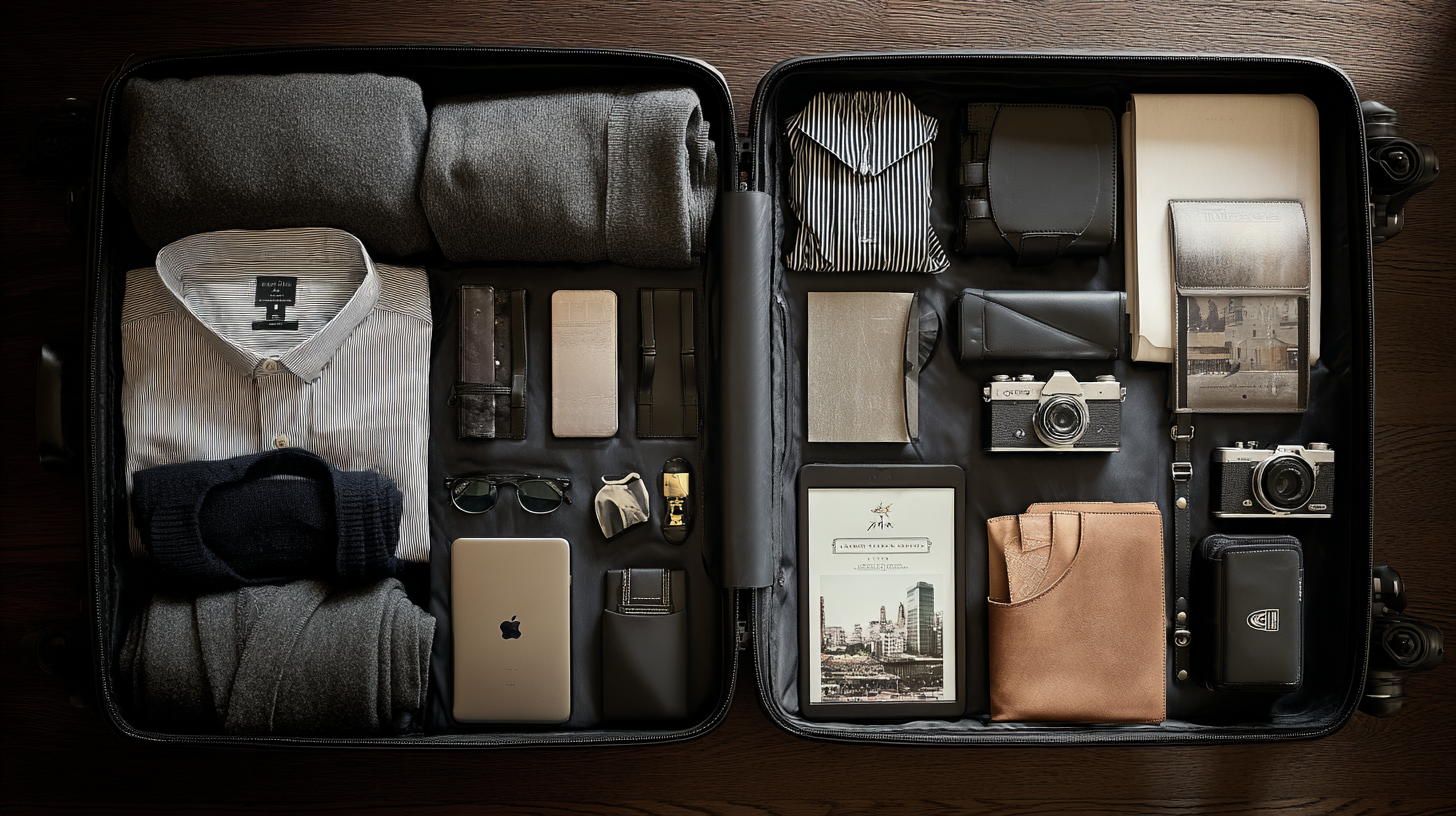
I love streamlined packing because it frees you to focus on the journey rather than rummaging through extra luggage. Following advice from the Forbes Coaches Council, I keep a duplicate set of essential toiletries—like toothpaste, travel-size shampoo, and contact lens solution—always ready in a small pouch. One trick I’ve adopted is labeling cords and cables, so there’s no confusion when I’m in a hurry.
Invest in durable carry-ons. Brands like Tumi, Samsonite, or Travelpro are frequent traveler favorites. My own carry-on is a spinner that lets me glide through airport terminals without the hassle of waiting in baggage claim lines. Wrinkle-free outfits, comfortable shoes, and a reliable portable charger are absolute lifesavers, especially on multi-leg itineraries.
For those big presentations, a tiny presenter’s kit—complete with USB clicker, adapter cables, and a backup copy of slides—should be accessible at all times. I also recommend scanning or photographing all essential documents, like passports or medical information, to keep them safely in a cloud folder. It’s incredible how much time you can save when you don’t have to hunt for physical copies in a pinch.
5. Embracing Loyalty Programs

Selecting a primary airline or hotel chain can be a game-changer. I used to jump between different carriers until I realized my loyalty points were scattering everywhere. By consolidating, you build status faster, leading to perks like free upgrades, priority boarding, or even lounge access. According to data from 2024, nearly 70% of frequent flyers indicate loyalty status has a measurable impact on their travel satisfaction.
Travelers who fly internationally often appreciate the convenience of Global Entry or TSA Precheck. I find it particularly helpful on tight connections, as skipping the longer security lines can sometimes be the difference between catching a flight or rescheduling an entire afternoon of meetings.
Once you’re looped into a loyalty program, check for brand partnerships. Many hotels and airlines collaborate with rideshare and dining networks, letting you earn extra points. I’ve scored free check-in baggage, seat upgrades, and last-minute hotel discounts simply by being consistent in my travel alliance selections.
6. Health and Well-Being

Long-haul journeys can quickly drain your energy, so fueling yourself with balanced meals and staying hydrated is essential. Whenever possible, I try to schedule layovers that allow a quick visit to the airport gym or at least a brisk walk around the terminal. Even a few minutes of light stretching goes a long way to beating the stiffness of prolonged sitting.
Mindful sleep routines are another cornerstone of surviving jet lag. One strategy I’ve found is gradually shifting my sleep cycle a few days before departure to align with the destination’s time zone. According to a 2023 study in the Journal of Travel Health, travelers who adjust their internal clocks early experience up to 30% less severe jet lag symptoms.
Emotional well-being also matters. A scheduled daily check-in with loved ones or a quick scroll through photos of home can help maintain a sense of connection. Especially on multi-week trips, a sense of mental grounding can prevent what I call “travel fatigue” and keep the entire journey feeling more like an adventure than a chore.
7. Planning with Purpose

I’ve learned that a detailed itinerary is one of the most powerful tools for achieving goals on the road. Before I leave, I map out essential meetings, project milestones, and even local transport schedules. Shared digital calendars and collaboration apps help keep my co-workers up to speed, regardless of their time zones.
Company policies often influence the finer details. Some organizations mandate visa or quarantine protocols, depending on the destination. Whenever I’m planning a trip beyond a few days, I’ll check with HR or the travel department to confirm any necessary paperwork. It can be the difference between a smooth transition and a scramble at immigration.
My rule of thumb is to allow at least one flexible day at the end of an extended trip to handle unexpected last-minute tasks—additional meetings, crucial follow-ups, or final product testing. When you build a buffer into your itinerary, you’re less likely to feel frantic if surprises crop up.
Final Thoughts

Ultimately, striking the sweet spot for your business trip length is a balancing act involving corporate objectives, personal responsibilities, and travel logistics. Whether it’s two days or two weeks, I’ve found that thoughtful planning empowers you to maintain high energy and keep deeper connections with both your professional circle and your loved ones at home. Staying healthy, packing efficiently, and leveraging loyalty programs can work wonders to ease the potential stress of frequent flying.
As we move through 2025 and beyond, these strategies can only become more vital. In a rapidly changing travel climate—where partnership deals, airline routes, and visa policies often shift—a proactive traveler is the one who thrives.
Amelia Yeaher’s Take
The art of timing a trip extends far beyond flight schedules. Having tasted a spectrum of journeys myself, I believe the key is adaptability. A trip that starts as a two-day assignment may morph into a week-long deep dive, and that’s perfectly okay if you stay open to the evolving needs on the ground.
I see business travel as an ongoing experiment—one in which we tweak variables, measure outcomes, and consistently refine our approach. Embracing that mindset makes every flight a new opportunity to learn.


